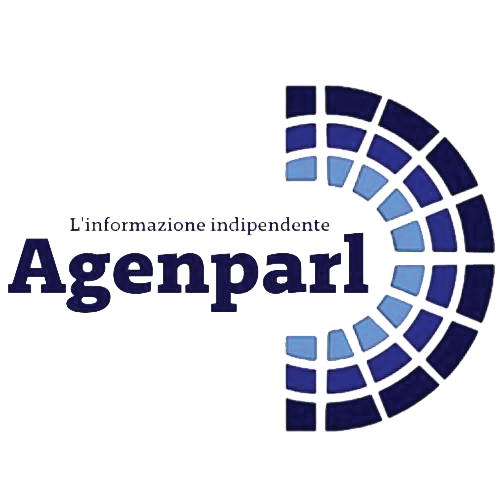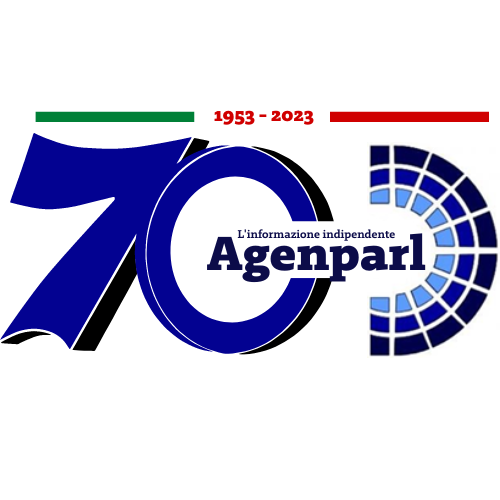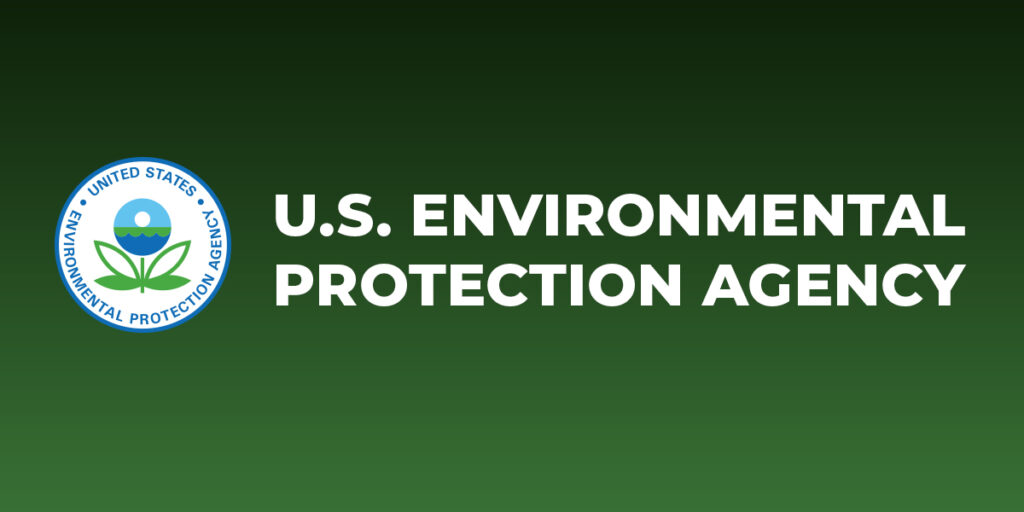 (AGENPARL) - Roma, 5 Ottobre 2023
(AGENPARL) - Roma, 5 Ottobre 2023(AGENPARL) – gio 05 ottobre 2023 Issued: Oct 5, 2023 (2:28pm EDT)
If you wish to unsubscribe please do so
here: http://url6130.epa.mediaroom.com/ls/click?upn=-2BroytcZInNRyuFbAvAoN5aMEQDHIx2RtQl0jT-2FwLgZHafJKm-2F7NYrsKNAZH88rhd98aG2o5sSGIX8iVgGgXwOczi8WNFU0a7GLvUAvQ8R0QCtkuTI4WABymYAm345NQtMJxP_mLoYh0p4AWg4foFr5HgrZ1QioQ33bLwdnQ-2BsYGKFX9mApcfdQmv0-2Bvkdf9kq-2BlYjhHVWb293BUQa2xZFbEDlujx7eqbZOKsV6IxWBccvGWmGoA7bceE1s-2BtjWPl-2F6ytlAOS0qGcBPdgWTuKLF9bEwdHfLXQgWrDqZjCNrZhgQvHwe0fRLkIWFBM73v-2FpKcsmiz-2BRQAoK4R3HpmIpvfOai-2FDualMwPa-2BaQRYD4oC-2Fc2X3MPF1-2BclUmARNqm3LAw6IU230sQ2kLvAzvgtDrmFVGQ-3D-3D
EPA Enforcement Helps Protect Children in New Jersey from Lead Paint Hazards
October is Children’s Health Month and EPA is taking action to address the
major threat that lead-based paint still poses to kids
NEW YORK (October 5, 2023) – Since the 1970s, the United States has made
tremendous progress in lowering children’s blood lead levels. Lead exposure,
particularly at higher doses, continues to pose a significant health and
safety threat to children, preventing them from reaching the fullest potential
of their health, their intellect, and their future. No safe blood lead level
in children has been identified.
“If you rent or sell a home or apartment the rule is clear — you must
disclose its lead-based paint history. Notification of potential and actual
lead hazards by landlords to tenants is one of the easiest and most effective
ways to reduce dangerous lead exposure,” said EPA Regional Administrator
Lisa F. Garcia. “Tenants must have the ability to make informed decisions,
especially when it comes to protecting their children’s health.”
Earlier this year, EPA completed a settlement with the Housing Authority of
the City of Passaic (HACP) for alleged violations of lead-based paint
regulations under the federal Toxic Substances Control Act. EPA determined
that the housing authority was aware of the presence of lead-based paint in
some of its properties but failed to notify tenants of available information
and the potential hazards of living with lead-based paint, as required by the
federal Lead Disclosure Rule. Compliance with these regulations is vital
considering that many historically overburdened communities suffer from higher
rates of childhood lead poisoning.
EPA is committed to ensuring that public housing complies with the federal
lead-based paint regulations as reflected by this case from earlier in 2023
and including two similar more recent lead based paint enforcement cases
against the Buffalo Municipal Housing Authority and the Syracuse Housing
Authority in NY, which resulted in remittable civil penalty amounts of
$252,000 by the Buffalo Municipal Housing Authority and $171,630 by the
Syracuse Housing Authority to be paid if EPA determines that the housing
authorities have not taken the specific and comprehensive steps to prevent
future violations at the properties identified in those settlement agreements.
Under the terms of the settlement with HACP, the housing authority has agreed
to pay a remittable civil penalty in the amount of $200,000. This penalty will
only be paid if EPA determines that the housing authority has not taken the
specific and comprehensive steps to prevent future violations at properties
identified in the settlement agreement.
As part of this enforcement effort, EPA inspected Vreeland Village and Alfred
Speer Village in the city of Passaic, NJ.
The specific violations of the Lead Disclosure Rule alleged by EPA include
failure to:
Include in the lease a statement disclosing the presence of (or include in
lease a statement disclosing the presence of) or indicate no knowledge any
lead-based paint or lead-based paint hazards in the housing being leased
Include in a lease a list of all available records and reports pertaining to
the presence of lead-based paint or lead-based paint hazards.
include in lease a statement by lessee affirming receipt of information of
presence of lead-based paint, list of reports or records of lead-based paint
and the lead-based paint information pamphlet.
Include signatures of lessors, agents and lessees certifying the accuracy of
their statements regarding lead-based paint and/or lead-based paint hazards.
Provide to lessee an EPA-approved lead hazard information pamphlet.
Include Lead Warning Statement as an attachment to or within the contract to
lease.
Establish or maintain records or make records available for copying.
Work done on residential properties constructed prior to 1978 must be done by
certified and trained staff using the lead-safe work practices as required by
the Toxic Substances Control Act’s lead paint Renovation, Repair and Painting
(RRP) Rule to prevent exposure to lead dust and debris. EPA also determined
that uncertified and untrained staff conducted renovation work (window
replacements) in units at both Villages and failed to establish or maintain
records required by the Rule.
As part of the settlement, HACP developed and has begun implementing
EPA-approved plans to ensure compliance with the federal lead-based paint
regulations at the Villages. HACP obtained Firm Certification and trained
workers who are now certified renovators. The settlement sets out additional
injunctive relief that must be completed for remittance of the penalty.
Lead-contaminated dust from chipped or peeling lead-based paint in homes built
prior to 1978 is one of the most common causes of elevated blood lead levels
in children. Infants and children are especially vulnerable to lead paint
exposure because their growing bodies absorb more lead than adults do, and
their brains and nervous systems are more sensitive to the damaging effects of
lead. They can be exposed from multiple sources and may experience
irreversible and lifelong health effects. Unborn children are also vulnerable
to these effects. Lead dust can be generated when lead-based paint
deteriorates or is disturbed.
For more information about lead paint and federal regulations about it, please
visit:
Lead Paint RRP Rule
Lead Paint Disclosure Rule
Lead Paint Enforcement
October is National Children’s Health Month. Children are often more
vulnerable to pollutants than adults due to differences in behavior and
biology, and these differences can lead to greater exposure and/or unique
windows of susceptibility.

